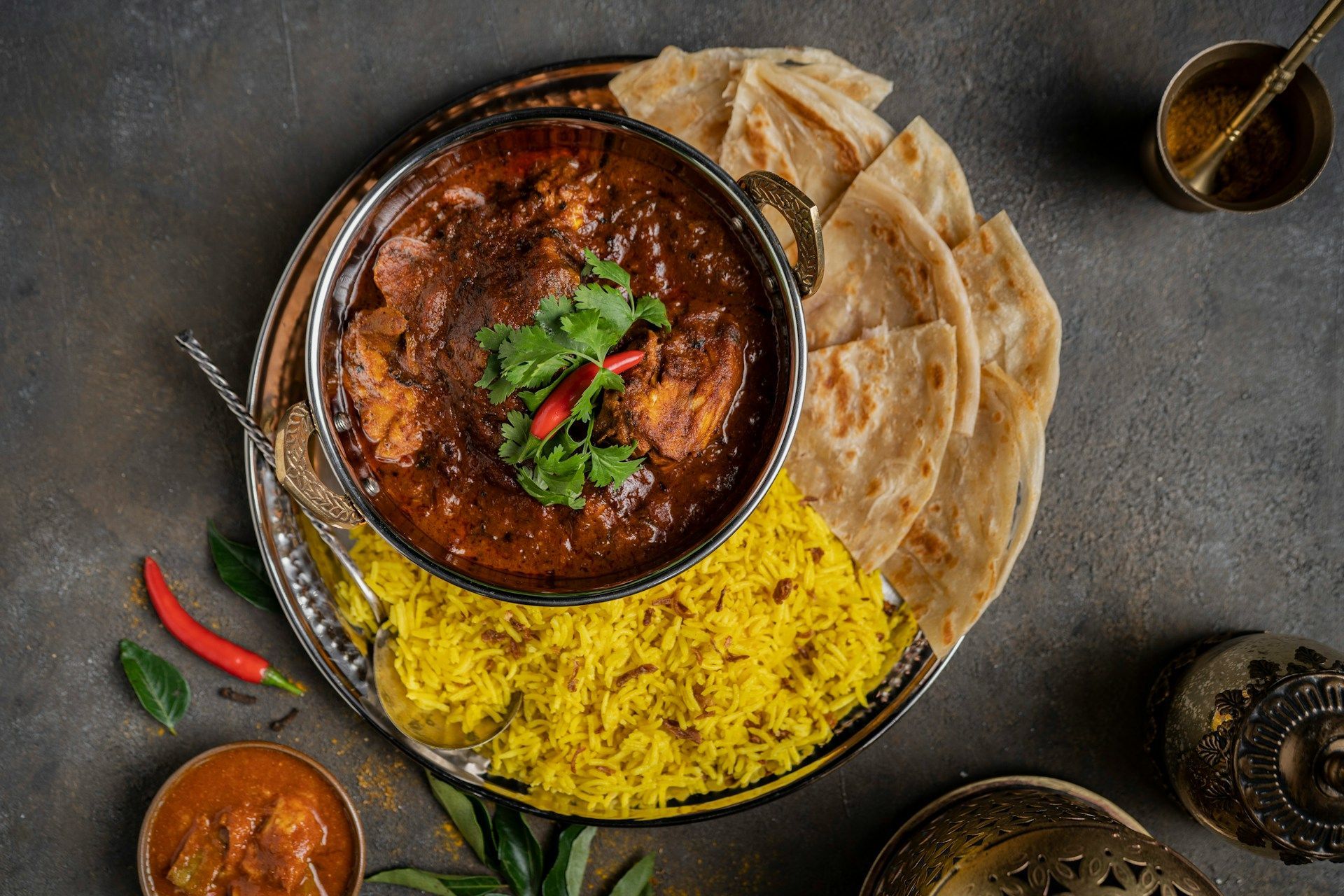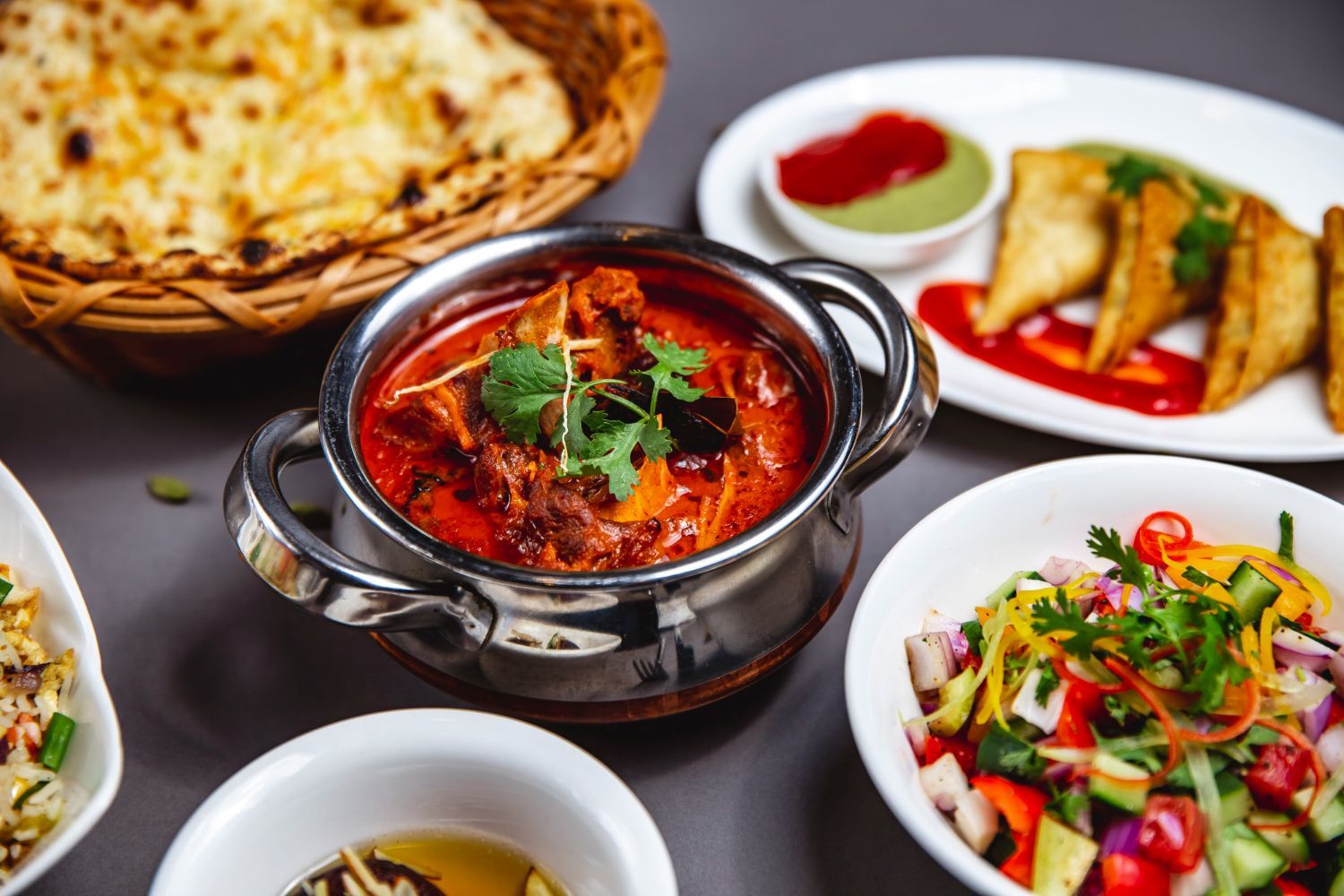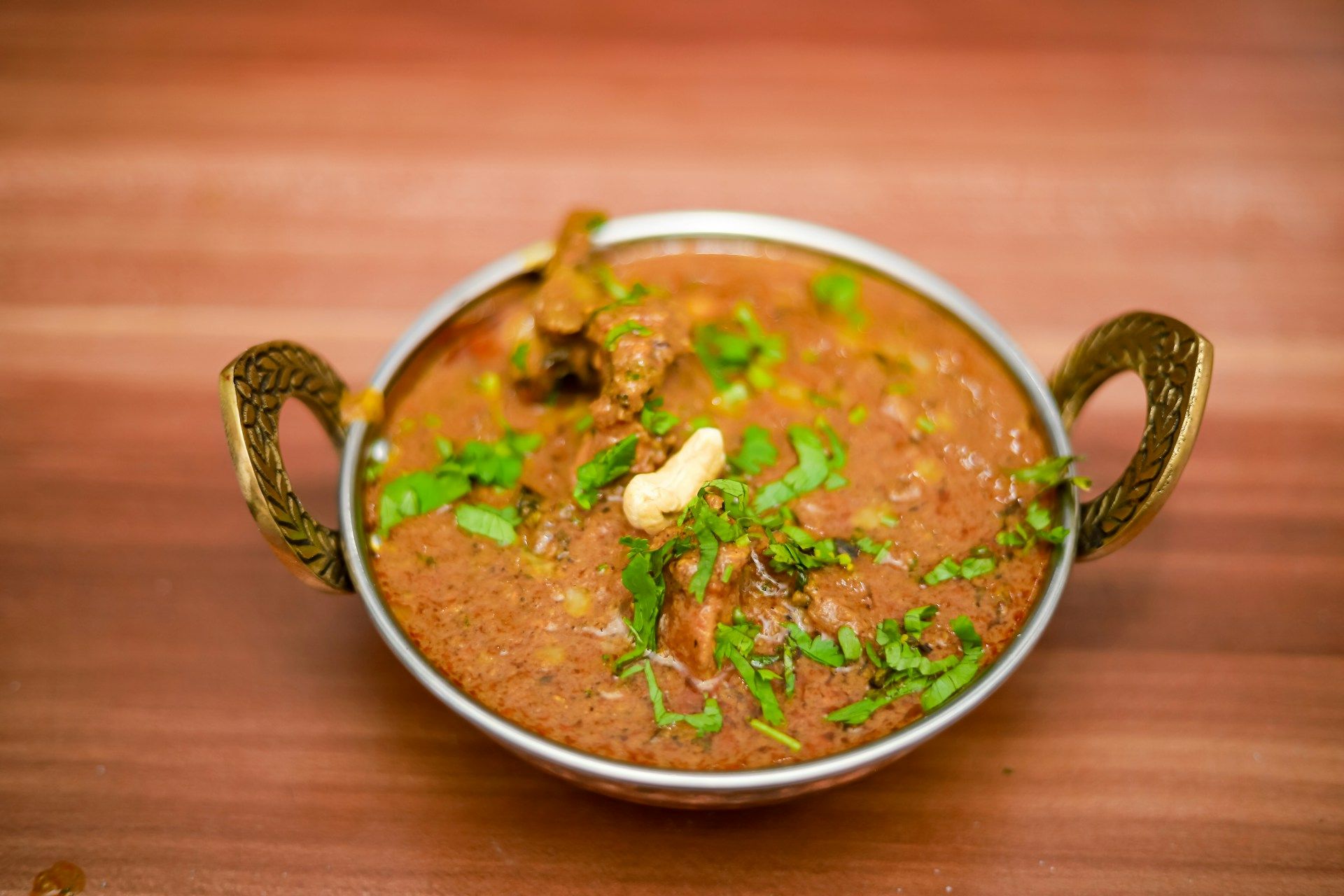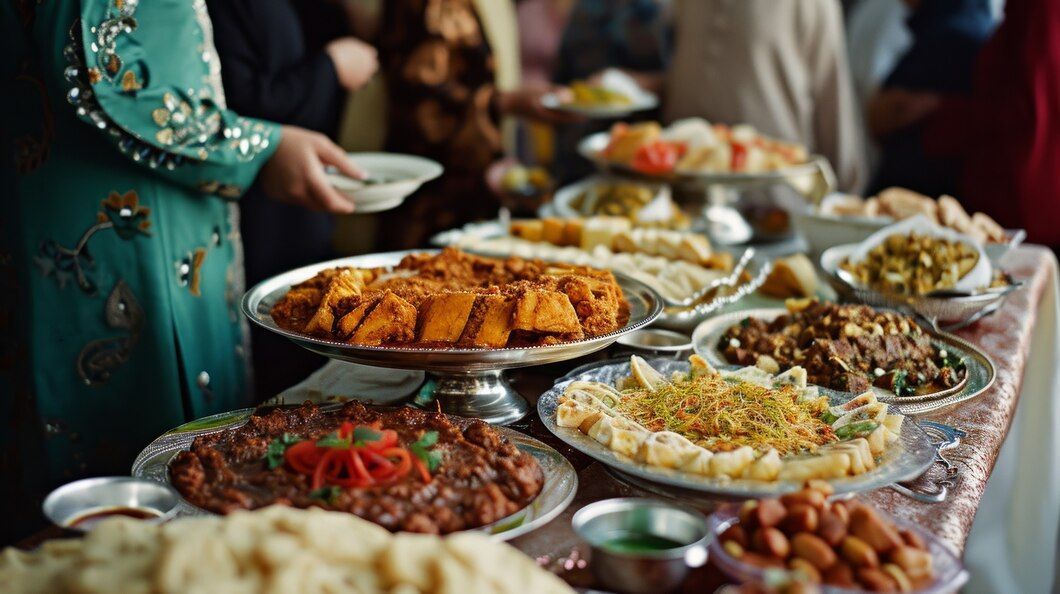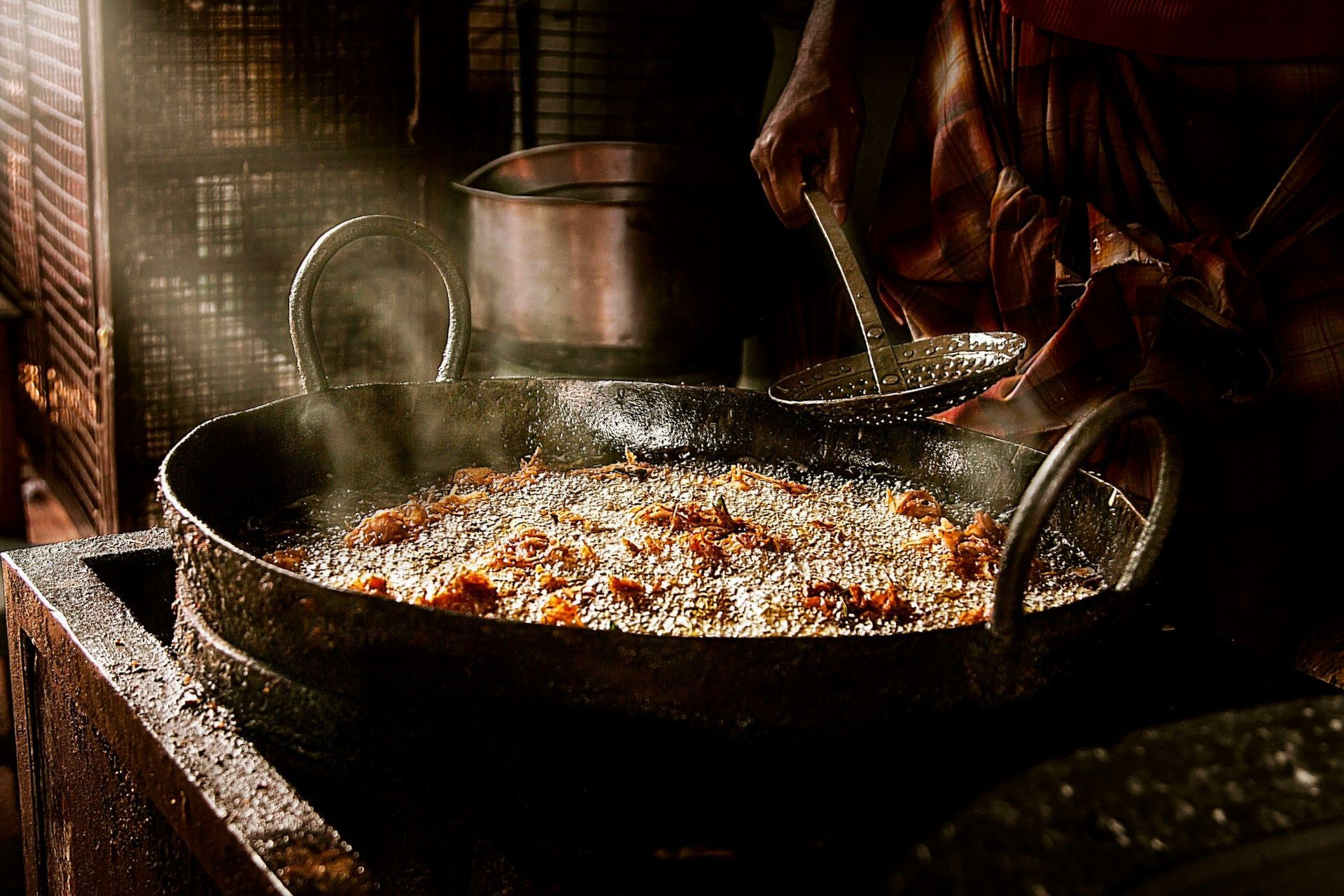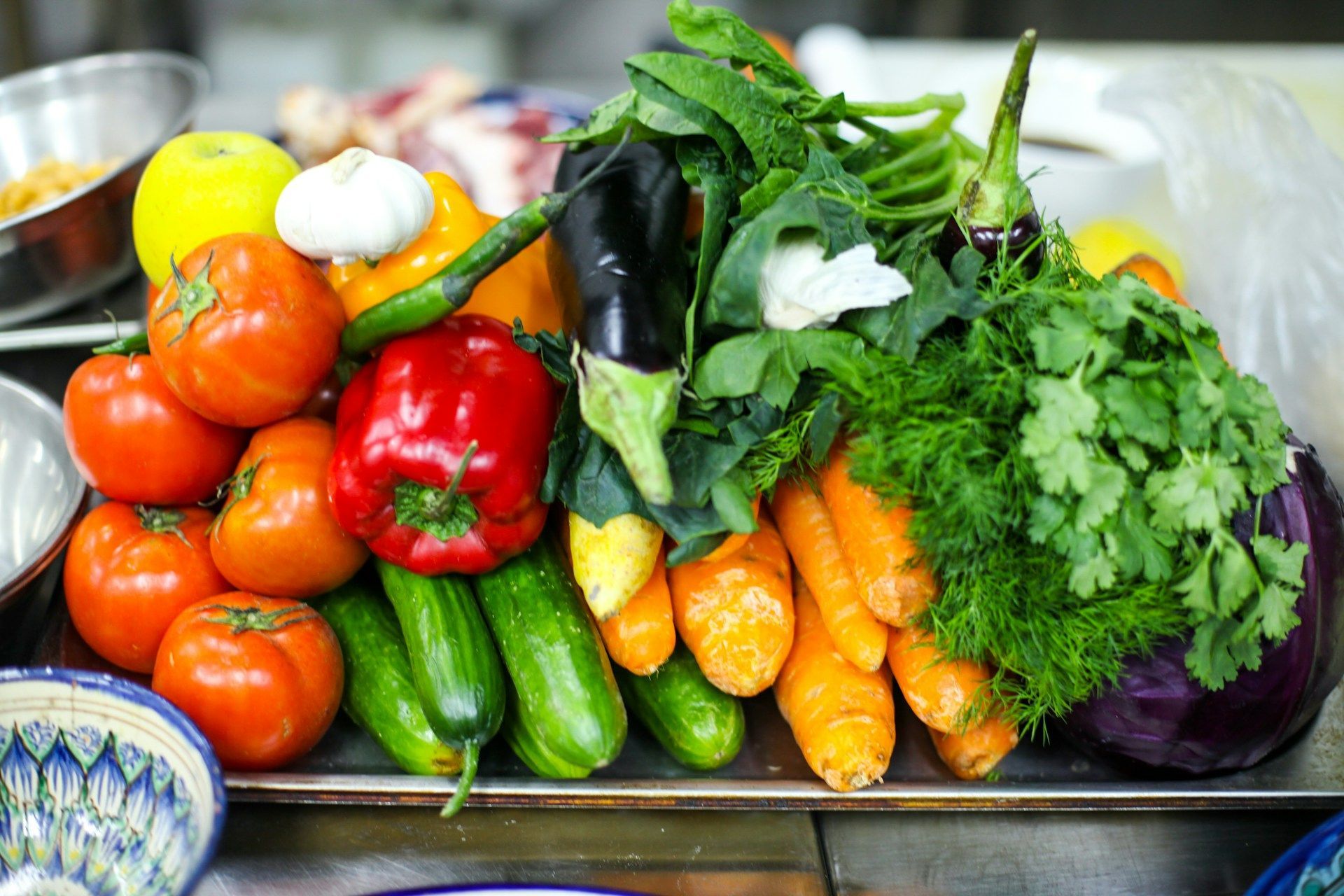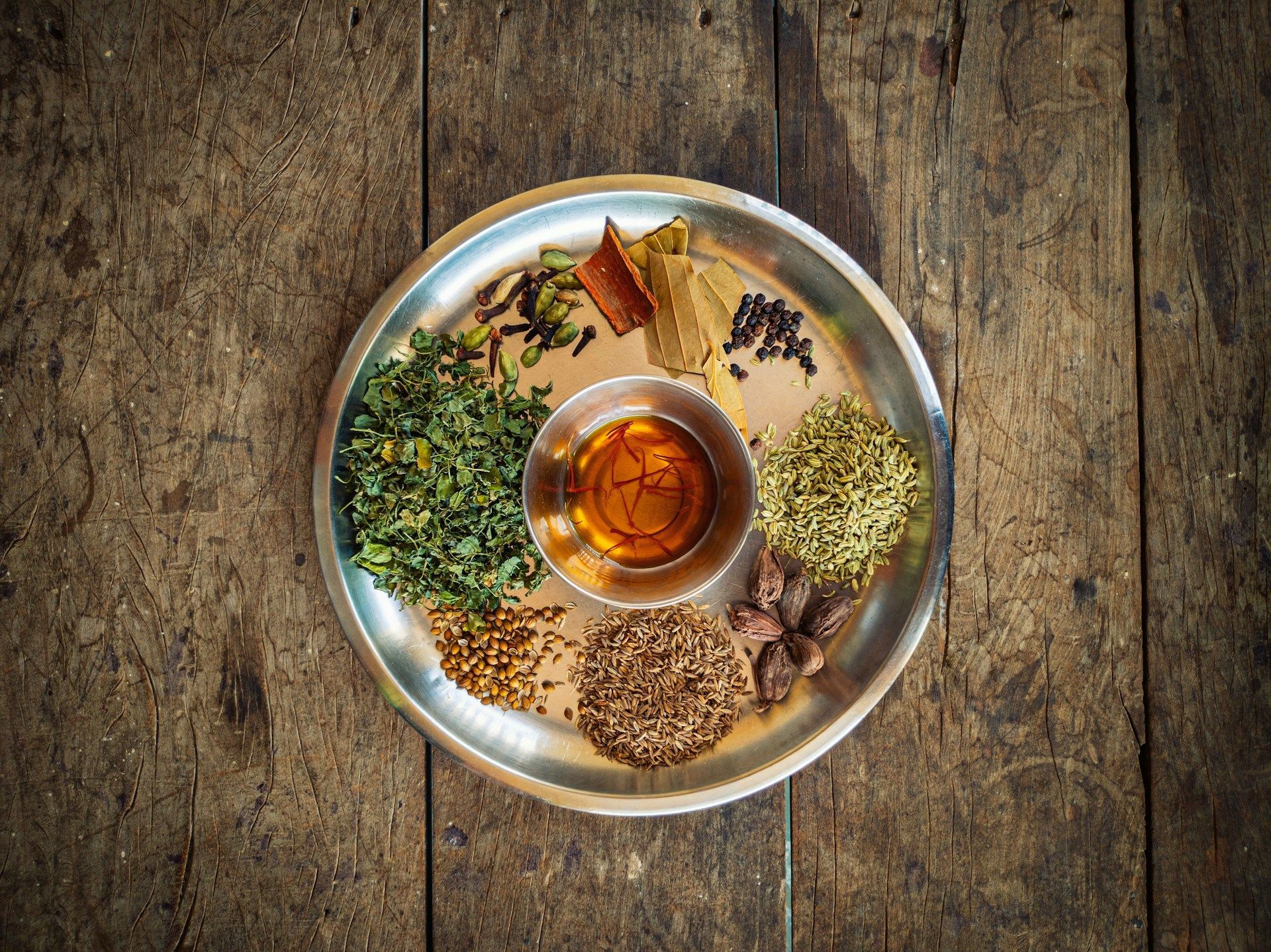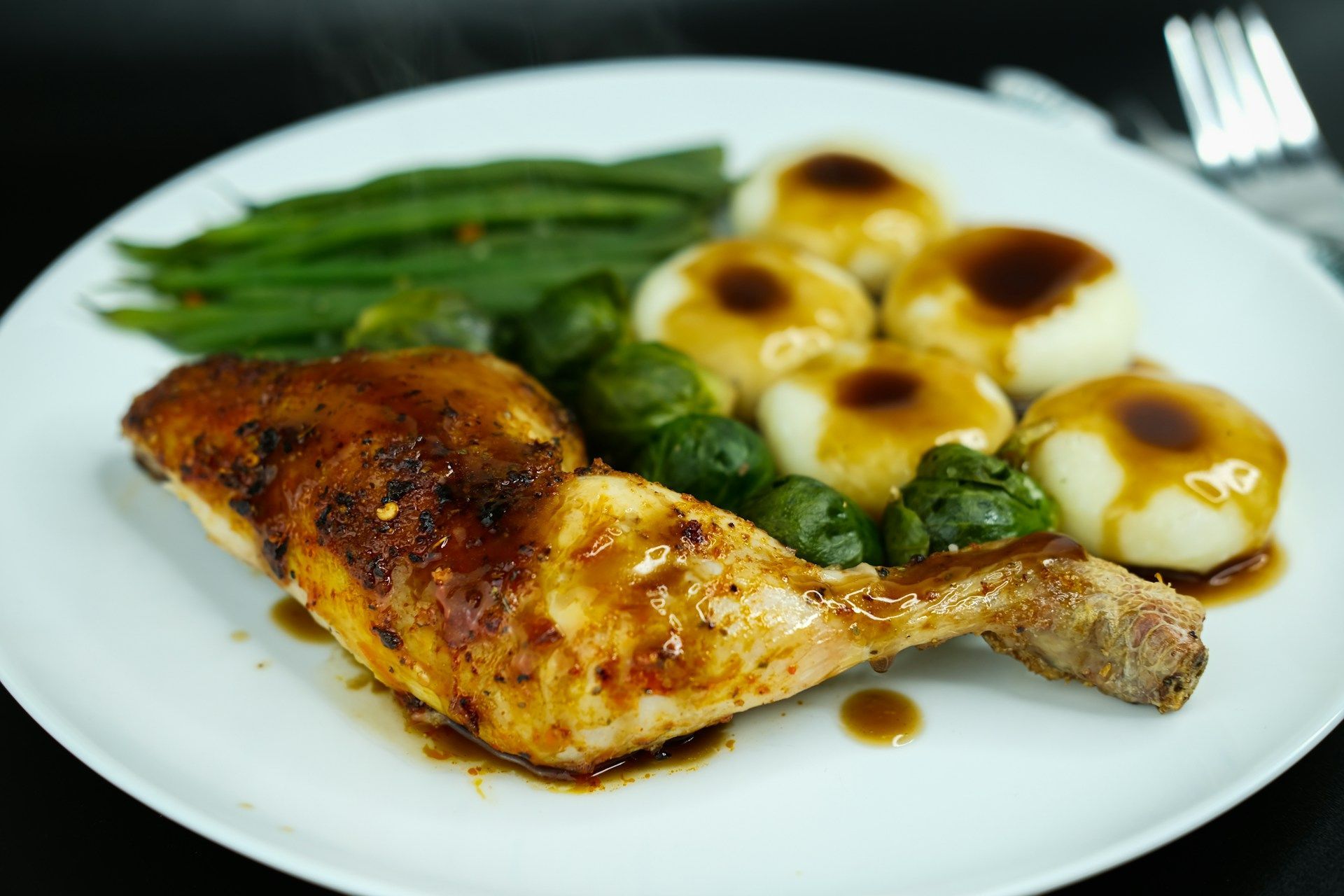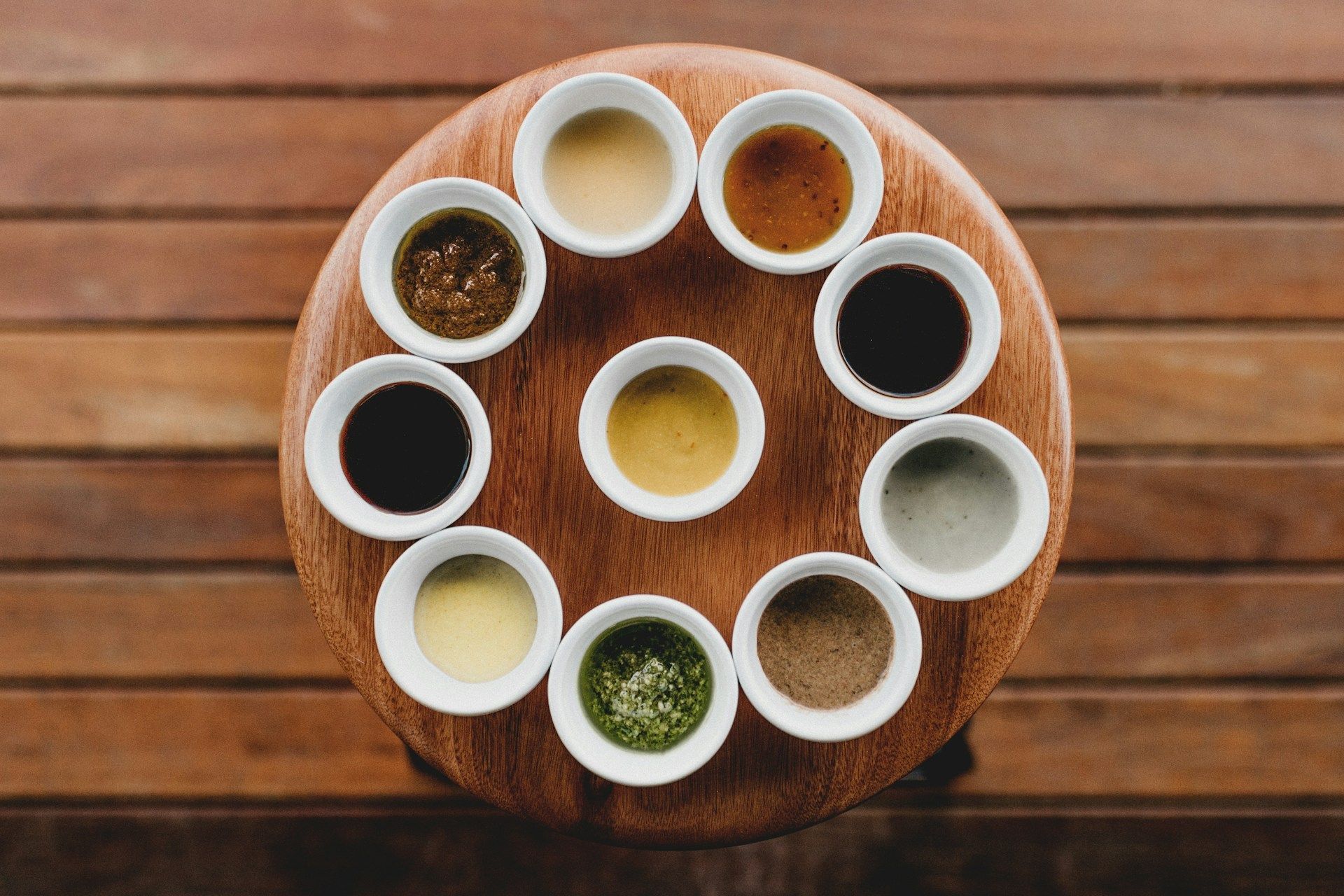Exploring Traditional Indian Desserts
Indian desserts are a delightful blend of history, culture, and flavour. These sweet treats are a treasured part of Indian cuisine and play a significant role in the country’s rich cultural traditions. From grand festivals to intimate family gatherings, desserts often take centre stage, adding a touch of sweetness to various celebrations. Each dessert has its own unique story and significance, reflecting the diverse heritage of India.
The variety of Indian desserts is truly astounding, encompassing a range of textures, ingredients, and preparation methods. Whether it’s the syrup-soaked goodness of Gulab Jamun or the creamy richness of Kheer, these sweets satisfy any sweet tooth. They are made using simple yet flavourful ingredients like milk, sugar, nuts, and spices, creating an array of indulgent treats that can be enjoyed by everyone.
Exploring Indian desserts is not just about enjoying a sweet treat; it’s a journey through the cultural fabric of India. As we dive into the world of Indian sweets, we’ll discover their historical roots, learn about traditional preparation methods, and find out how we can savour these delectable desserts both at home and in restaurants.
The History and Cultural Significance of Indian Desserts
Indian desserts have a rich history and cultural importance that spans centuries. Traditionally, these sweets hold a special place in various rituals and daily life. Originating in ancient times, many desserts were initially prepared in temples as offerings to the gods. They became integral to Indian cuisine, reflecting the diversity and creativity of different regions. Over the years, these sweets transitioned from religious offerings to everyday treats, firmly embedding themselves in the cultural fabric of India.
During festivals and celebrations, desserts play a crucial role. Whether it’s Diwali, the festival of lights, where sweets are shared as symbols of goodwill, or Holi, where colourful teatime treats are enjoyed, desserts are a central part of the festivities. They symbolise joy, prosperity, and the sweetness of life, contributing to the celebratory atmosphere. Each festival has its own set of traditional sweets, making dessert a key element of these cultural markers.
Popular Traditional Indian Desserts and Their Ingredients
When it comes to Indian desserts, there is a delightful array of choices that can please any sweet tooth. Here are some popular traditional Indian desserts and their primary ingredients:
- Gulab Jamun: These soft, spongy balls made from khoya (milk solids) are deep-fried and then soaked in a rose-flavoured sugar syrup. They are often garnished with crushed nuts.
- Jalebi: Known for its bright orange colour and crispy exterior, jalebi is made by deep-frying batter in circular shapes and soaking it in saffron-infused sugar syrup. It has a unique, tangy-sweet taste.
- Barfi: A dense, milk-based sweet often flavoured with cardamom and topped with silver leaf. The main ingredients include condensed milk, sugar, and ghee, and it can be found in various flavours like coconut, almond, and pistachio.
- Rasgulla: These spongy white cheese balls are made from chhena (Indian cottage cheese) and soaked in a light sugar syrup. Simple yet refreshing, they are beloved across India.
- Payasam/Kheer: A creamy rice pudding flavoured with cardamom, saffron, and garnished with nuts and raisins, this dessert is popular in both North and South India.
Each of these desserts offers a unique taste experience, reflecting the rich cultural traditions and regional diversity of Indian sweets. Made from simple ingredients like milk, sugar, and flour, these treats are elevated through careful preparation and the use of aromatic spices and flavours.
How Indian Desserts Are Traditionally Prepared
Indian desserts are often prepared using traditional methods that bring out the best flavours and textures. One common approach is slow cooking, which allows the ingredients to meld and develop complex taste profiles. For instance, rice puddings like kheer are simmered for hours to achieve their creamy consistency, while sweets like barfi are cooked on low heat to ensure they don’t burn but achieve the right texture.
Key tools and techniques are integral in the preparation of Indian desserts. A heavy-bottomed pan is widely used to prevent sticking and burning. Another essential tool is a spatula, perfect for stirring and blending ingredients smoothly. For frying sweets like Gulab Jamun or Jalebi, a deep fryer, or large wok (kadhai), is indispensable. Traditional methods like hand-churning and manual shaping also play a significant role, adding an element of craftsmanship to the confectionery process. Using these techniques not only preserves the authenticity but also ensures that the sweets are rich in flavour and texture.
How to Enjoy Indian Desserts at Home and Restaurants
Selecting the right Indian dessert can be a delightful experience. When dining at a restaurant, it's helpful to ask the staff for recommendations based on their specialities. Trying a variety of desserts allows you to experience diverse flavours and textures, from the syrupy sweetness of Gulab Jamun to the crispy and tangy sensation of Jalebi.
When pairing desserts with Indian meals, consider lighter options if your meal was heavy or richly spiced. For instance, a light and refreshing Rasgulla can be perfect after a hearty biryani. On the other hand, richer desserts like Barfi or Kheer complement milder dishes, balancing the meal with their sweetness.
Making Indian desserts at home can be simple and enjoyable. Start with straightforward recipes like Sandesh, which requires minimal ingredients (primarily paneer and sugar) and little cooking time. Another easy option is Shrikhand, a sweet yoghurt-based dessert flavoured with saffron and cardamom. These homemade treats allow you to experience the joy of Indian sweets right in your kitchen.
Conclusion
Indian desserts offer a rich tapestry of flavours, textures, and cultural significance. Whether enjoyed during festive celebrations or as a delightful end to a meal, these sweets hold a special place in the hearts of those who savour them. The tradition and care that go into their preparation make each bite a journey into India’s culinary heritage.
At Tower Tandoori, we take pride in presenting a variety of
traditional Indian desserts, prepared with the same care and authenticity that has been cherished for generations. We invite you to visit us and indulge in our selection of sweets, each crafted to delight your senses and bring a piece of Indian culture to your table. Join us at Tower Tandoori and treat yourself to a culinary experience that’s truly special.

